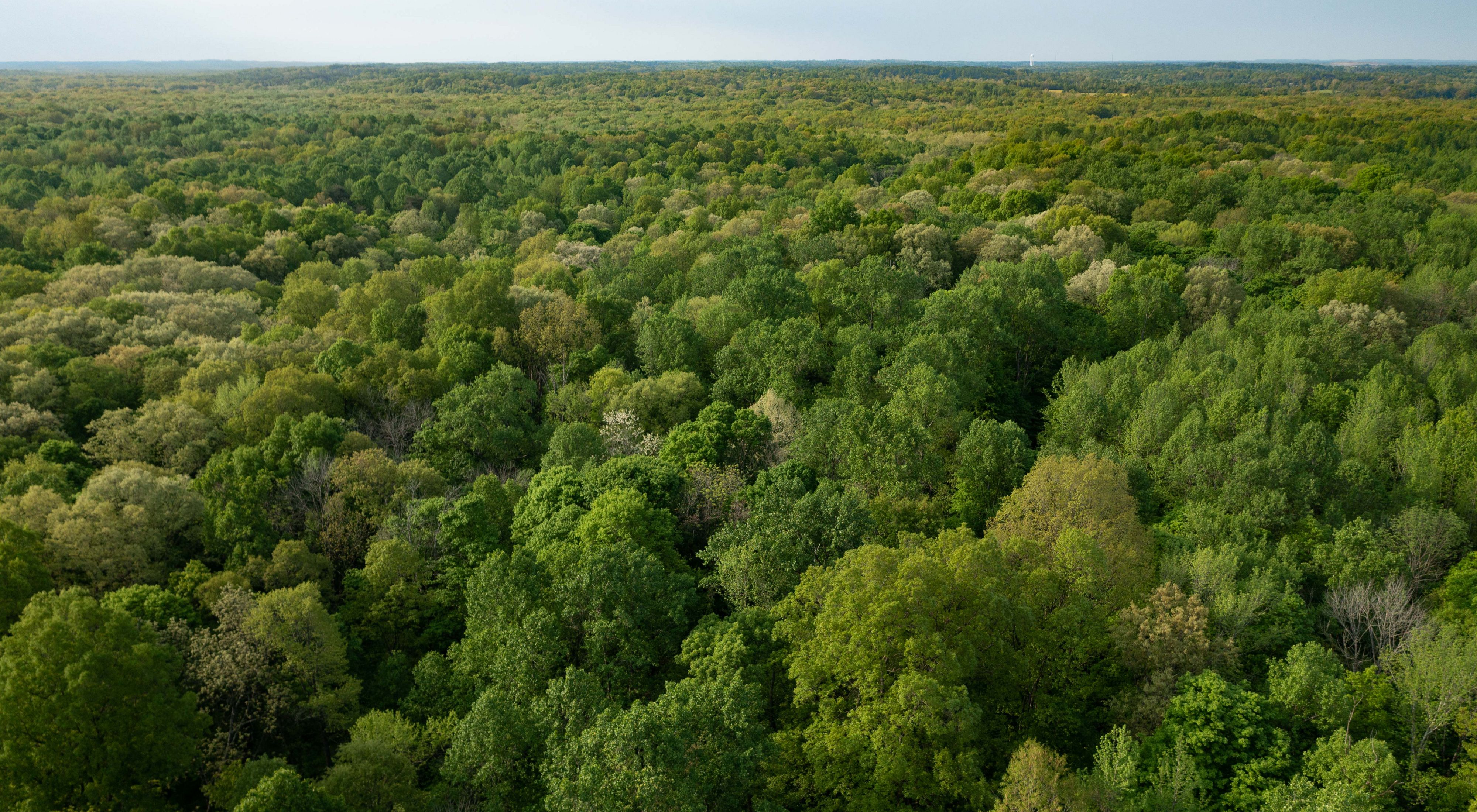2023 Was a Remarkable Year for The Nature Conservancy
The organization had one of its best land protection years in Indiana in its 64-year history.
Media Contacts
-
Chip Sutton
The Nature Conservancy
Phone: (317) 829-3915
Email: csutton@tnc.org
The Nature Conservancy (TNC) announced that 2023 was one of its most successful years in terms of natural lands protected in Indiana. In total, more than 4,000 acres were protected.
TNC began 2023 with the protection of 1,700 acres adjacent to Patoka River National Wildlife Area in January. More than 80 plant and animal species considered threatened, endangered or of special concern in Indiana are found here, including Indiana bats and nesting bald eagles. This acquisition adds to land already protected by the refuge, creating more than 20,000 acres of connected wildlife habitat.
The organization ended the year in December with 200 acres protected at the Harrison County Glades. Located in southeast Harrison County, the Glades are a top conservation priority for TNC, where large blocks of forest buffer the rare glade communities and provide habitat for sensitive species such as forest interior breeding birds.
“We are thrilled with the 2023 land protection results,” said Larry Clemens, state director for TNC in Indiana. “The year was one of our best in our 64-year history. Working with our partners, these 4,000 acres will forever remain important habitats for plants and animals, as well as places for Hoosiers to visit.”
Quote: Larry Clemens
These 4,000 acres will forever remain important habitats for plants and animals, as well as places for Hoosiers to visit.
The conservation wins in 2023, according to Clemens, were made possible in part by funding to TNC’s $48 million Human:Nature campaign, which focuses on the connection between humanity and nature, creating an Indiana where nature and people thrive.
Land protection was also furthered by important state and federal programs, such as Indiana’s President Benjamin Harrison Conservation Trust (PBHCT), which received $10 million from the General Assembly in 2023. The PBHCT acquires and protects land in Indiana that represents outstanding natural resources and habitats. TNC was a leader in getting that $10 million funding secured.
“Indiana has amazing natural diversity,” said Clemens. “We have sandy beaches in the northwest part of the state, deep glacial lakes and wetlands in the northeast, and rich oak - hickory forests, limestone cliffs and bottomland swamps with massive cypress trees in the south. TNC’s goal is to keep these special places thriving for generations to come.”
TNC land protection successes for 2023 in Indiana include:
- Patoka National Wildlife Refuge, Pike County
- Brock Sampson—Hardin Ridge, Floyd County
- Shooting Star Cliffs, Perry County
- Lake Monroe area (adjacent to Hoosier National Forest), Monroe County
- Carnes Mill, Crawford County
- Green’s Bluff, Owen County
- Brown County Hills, Brown County
- Sugar Creek, Montgomery County
- Big Walnut Nature Preserve, Putnam County
- Harrison County Glades, Harrison County
“TNC’s Human:Nature campaign is all about hope,” Clemens said. “Hope in a healthy and vibrant future—one where Indiana’s forests, prairies and wetlands are protected. While we’re thrilled with our 2023 results, we’re looking forward to even greater conservation wins in 2024 and beyond.”
The Nature Conservancy is a global conservation organization dedicated to conserving the lands and waters on which all life depends. Guided by science, we create innovative, on-the-ground solutions to our world’s toughest challenges so that nature and people can thrive together. We are tackling climate change, conserving lands, waters and oceans at an unprecedented scale, providing food and water sustainably and helping make cities more sustainable. Working in more than 70 countries and territories, we use a collaborative approach that engages local communities, governments, the private sector, and other partners. To learn more, visit nature.org or follow @nature_press on Twitter.
